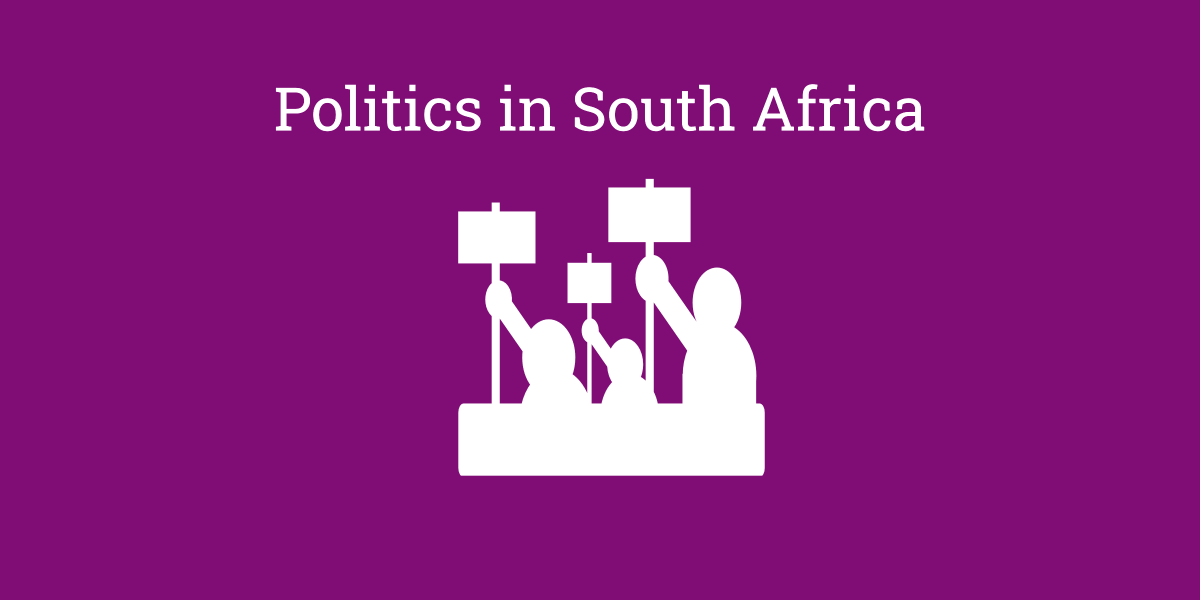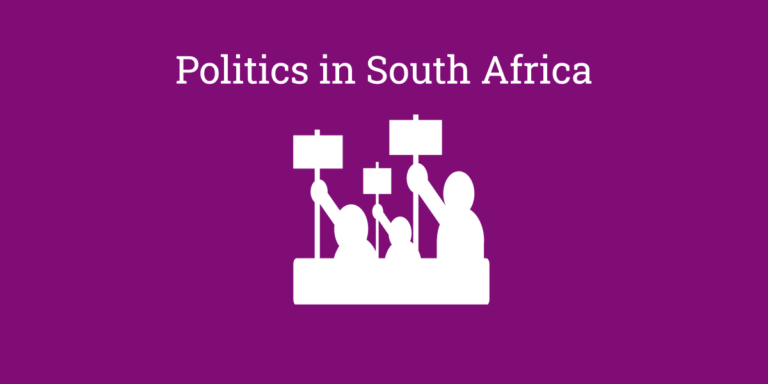Has the campaign for a Basic Income Grant (BIG) been successful?
This question requires reflection, as in any democracy, assessing advocacy objectives can never be as simple as ticking boxes. The answer to the question is mostly answered in the negative, simply because South Africa does not have a universal income grant. The despondency of activists still supporting the campaign leads to a reaffirmation that South Africa will remain unequal and that feasible redistributive mechanisms are impossible in the current environment.
This despondency is matched by the euphoria of opponents who argue that they saved South Africa from becoming a “nanny welfare state.” The depiction of the BIG leading to the opposite of a “developmental state” is a criticism, which opponents have effectively utilised as a basis for mobilisation. Such depictions of the impact of the BIG campaign, however, fail to cut through the healthy noise in our democracy to reveal the signals emerging from activism.
An important signal emerges from the National Treasury. During the Medium Term Budget Policy Statement, Minister Pravin Gordhan, for instance, committed government to completing social security reforms, including the introduction of a National Health Insurance (NHI). This commitment is important, as advocates of the BIG located their proposals in a wider set of reforms including health insurance, unemployment benefits and reforms to pensions. The underlying signal is that the need for a comprehensive social security reform process is embedded in government thinking, but that many detailed debates will mark the new terrain on policy related to social security.
In other words, the concept of “comprehensive social security” has been won, but the details of each of the elements remain the subject of intense contestation.
Government should then be speaking about the link between the search for rapid economic growth, – as contained in the New Growth Path – and redistribution. It is precisely this link that needs to be solidified in any national plan.
Underlying this contestation is the rapid growth of social grants and their implications for the national budget. The South African Social Security Agency has indicated that just less than 14, 5 million people receive grants, with 9, 9 million of these recipients receiving the Child Support Grant. The rapid growth of these grants indicates that over a quarter of all South Africans receive some form of social grants.
In explaining these expansions, two contending views are presented. On the one hand, sections in government argue that this process has been developed in government with the expansion planned. Implicit in this view is that the process of expanding social security has been insulated from popular pressure exerted by BIG campaigners.
On the other hand, the expansion of social grants is attributed to the presence of a more radical proposal, such as BIG. The argument being that the BIG shifted the public policy debate on grants to the left, and in so doing created conditions where the expansion of grants seemed less radical and more affordable. In this version, advocacy campaigns should be measured not only on their intrinsic rationale (i.e. a universal grant to combat poverty and inequality) but also on an instrumental rationale (i.e. their ability to frame alternatives and create conditions for smaller, incremental movements in government).
Both of these views, however, have difficulty in establishing causality (either bureaucratic planning or social activism) and the outcomes that we are witnessing. This reality may frustrate policy actors across the divide in explaining the expansion of social security, but reflects a reality of democracy. Public policy implementation cannot be understood as a simple cause-effect relationship. The democratic reality is much more complicated.
It has profound implications for the design of future advocacy campaigns with four major lessons emerging.
First, campaigns targeted at the transformation of our society need to focus on the prospects for alternative policy decisions. The BIG campaign did just that. For instance, the proposals on the BIG were located in a wider set of social security reforms, with leaders of the campaign emphasising that the BIG was the ultimate aim. In other words, it would view incremental gains in coverage as stepping-stones to realising its aims. In other instances, advocates of the BIG spoke of a “patchwork of reforms” that would be stitched together over time. This has been important in keeping focus on a wider vision, while dealing with the complexity of policy gains and losses occurring simultaneously.
However, today the campaign is losing momentum. The BIG campaign requires new impetus to meet the new challenges of providing regular income support and economic opportunities, especially for young unemployed South Africans.
The policy requirements are formidable, requiring positions to be taken on as wide a range of policy developments as the Community Works Programme and the mooted wage subsidy for young workers. Even more demanding would be stitching together new alliances that would once again require South Africa to imagine an equal future, and make political and economic elites uncomfortable enough to openly disagree with proposals. If the organisations traditionally associated with the BIG can do that today, it would be a sign that policy proposals on achieving a more equal, more employed society are still achievable.
Second, the marketplace of ideas on redistribution in South Africa has become bigger. The so-called marketplace of ideas includes calls for nationalisation, stronger sticks to enforce black economic empowerment, successful social movements and even emerging proposals from organised business to tackle inequality. This means that there are multiple voices, multiple ideas and countless lobbying activities that mark South Africa today and this solidification of civil society is a new political reality.
A noisier democracy is intrinsically important and potentially provides the political space for even more ambitious programmes to emerge. Nevertheless, the uniqueness and depth of the BIG coalition, makes the campaign a key voice for speaking beyond narrow sectional interests and for the wider public good.
Third, the reality of successfully translating ideas into public policy requires the building of alliances between activist groupings and government officials. In the case of the BIG, there is a complexity marked in these alliances. For example, some government officials explicitly supported the BIG, while others used the BIG to show the feasibility of an incremental expansion of social security. Unfortunately, there is no silver bullet to convincing government and wider South African society. Activists are forced to continuously provide evidence and motivate proposals.
Fourth, the conditions and circumstances that gave rise to the BIG campaign remain in place over a decade later. Youth unemployment, high inequality and lack of economic opportunities for the poor remain core problems facing South Africa.
Proposals around the Community Works Programme offer a glimmer of hope, as they tackle the need to provide regular income and work to those outside the formal economy. In turn, they ask a wider question, “Can an ambitious programme of a guarantee of employment in South Africa be realisable?” Government, however, has fumbled in developing the linkages between growth and redistribution, and has not proposed sustainable and effective redistribution mechanisms.
So how has the BIG campaign fared? The campaign has unambiguously shaped the policy debate on social security reform and been central to the expansion of social security. Yet, the intent of providing regular income support, especially to young unemployed adults is still a gaping hole in public policy, which constitutes our biggest social challenge. In meeting these demands for economic inclusion, even the BIG may not seem big enough.
It is time for progressive civil society to remind us of the challenges over a set of proposals that imagine a more equal society. In a contested and unequal democracy, civil society must continue the struggle for a shift towards the rapid identification and implementation of redistributive programmes.
This article was first published under creative commons license on South African Civil Society Information Service website.

